
Preserving traditional cultural values in family, clan and community
First of all, in the field of language, through lullabies, songs, and daily activities, mothers are the ones who use the ethnic language with their children the most. Therefore, the traditional language of the ethnic group is preserved and transmitted.
Coming to the Giay families in Ta Van, or the Dao in Ta Phin, the Tay in Muong Bo,... in most families, even though the women go out to work, when they return home, they can use their ethnic language and communicate within the family in the traditional language.


Ethnic minority women in Lao Cai play an important role in preserving and promoting traditional cultural values.
In culinary culture and traditional costumes, mothers are also the first to nurture and care for their children with food and clothes made by themselves. Growing up, girls also learn to embroider patterns from their mothers. And so the cultural flow continues.
The mother is also the first cradle to nurture the love for folk songs and dances of the nation. Most women have the ability to sing and dance very naturally and skillfully. Mong women in Sa Pa have a treasure trove of lullabies, love songs, singing while working in the fields, etc. Tay women in Bao Yen and Van Ban sing Then songs. Giay women in Ta Van and Muong Hum sing scarf dances, Giay folk songs, etc. The clubs and art troupes that were established are all based on the existing folk songs and dances of the nation.
Coming to the Tay people's area in Na Hoi, Ta Chai (Bac Ha) at the beginning of the new year, throughout the villages, everywhere there are antiphonal singing and xoe festivals. Singing and dancing are a natural part of the lives of the people here.
Living in mountainous areas and being the main force participating in the gathering economy from a very early age, ethnic minority women in Lao Cai hold a system of knowledge about forest trees, medicinal leaves and form a system of behavior towards forests and water resources. They are the ones who actively participate in protecting forest resources and protecting biodiversity.
Rituals following the human life cycle from childbirth, raising children to marriage, building a house, funerals, women all have a role in those activities. In particular, in some ethnic groups, the role of women is highlighted as a prestigious person in the community, such as the role of the aunt in the Mong family. Therefore, from teaching good things to children and grandchildren, to preparing and practicing rituals following the human life cycle, women participate in continuing to promote good traditional cultural values and eliminating backward customs.
Promoting culture as a resource for socio-economic development, promoting gender equality
To activate the traditional cultural capital of ethnic minorities, Lao Cai province has issued project No. 03 on developing cultural tourism in Lao Cai province, a resolution to support art troupes serving tourism development, and organized the implementation of project No. 6 on preserving and promoting the value of cultural heritages associated with tourism development under the Target Program for Socio-Economic Development in Ethnic Minority and Mountainous Areas.
From 2021 to present, nearly 20 folk art clubs have been established and about 40 art teams have been supported to preserve the nation's traditional folk songs and dances, restore and develop a number of programs to serve local tourism activities.
The club members are mainly female. Each performance costs around 2 million VND/program including campfire and folk art performance.


Traditional cultural capital is developed by ethnic minority women into unique tourism products.
Craft cooperatives such as weaving, weaving, etc. have received investment and development attention from all levels of the association. Typical examples include cooperatives in Ta Phin, Nam Cang (Sa Pa), Nghia Do (Bao Yen), Ban Pho (Bac Ha), etc. Through these models, women have the opportunity to access capital sources, be organized, and receive training to turn traditional ethnic products into products of economic value.
The community tourism model was developed in Lao Cai since the 2000s and quickly became a bright spot of community tourism nationwide with tourist destinations in Ban Ho, Thanh Kim, Thanh Phu, etc. Up to now, community tourism has developed in both depth and breadth, both in quantity and quality.
Many new community tourism destinations have been established and are widely known to tourists such as: Giay community tourism in Ta Van (Sa Pa), Dao community tourism in Ta Phin (Sa Pa), Tay community tourism in Nghia Do (Bao Yen), Ha Nhi community tourism in Y Ty (Bat Xat), etc.
In early 2023, 5 associated Homestay units of Nghia Do were awarded the "Asean Homestay" award, 2 Homestay units in Ta Van (Sa Pa and Ban Lien (Bac Ha) were recognized as meeting Asean standards.
Women are the main participants in community tourism activities in all stages: arranging space in homestay, preparing services in homestay, cooking, guiding cultural experiences, and performing cultural performances.
Some women have become homestay owners, cooperative owners and even business owners. Typical examples include Ms. San, homestay owner in Na Khuong (Nghia Do - Bao Yen), Ms. Soi, homestay owner in Ta Van (Sa Pa), Ms. Tan Ta May - owner of the Red Dao community cooperative, which develops health care products from traditional medicinal plants of the Dao people, Ms. Ly May Cham and the brocade cooperative in Ta Phin, Tan Thi Su - executive director of a social enterprise in tourism in Sa Pa,... and many women in all tourist spots and areas in the province.
Women play an important role in promoting traditional culture to develop the local economy, society and culture. This is also the process in which women demonstrate their role and dynamism in participating in building families, communities and society. This creates an important driving force and resource to contribute to promoting gender equality in ethnic minority areas.
Source


![[Photo] Ready for the top competitions of Vietnamese table tennis](https://vphoto.vietnam.vn/thumb/1200x675/vietnam/resource/IMAGE/2025/5/18/9c547c497c5a4ade8f98c8e7d44f5a41)
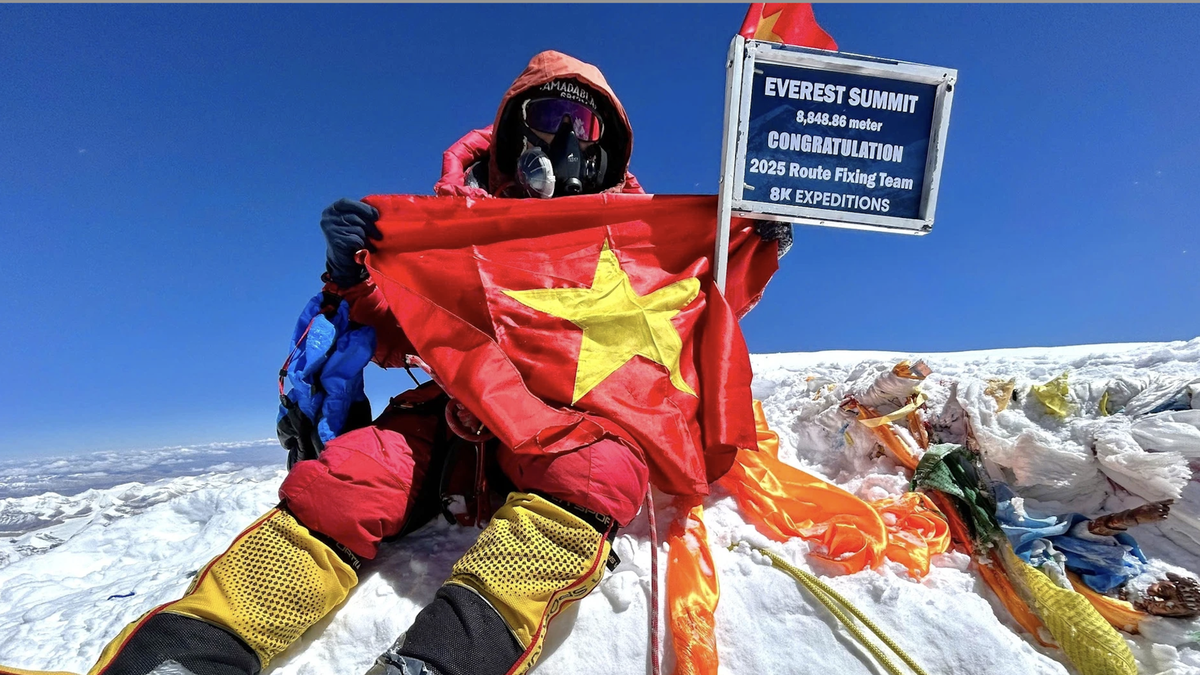


![[Photo] Party and State leaders attend the special art program "You are Ho Chi Minh"](https://vphoto.vietnam.vn/thumb/1200x675/vietnam/resource/IMAGE/2025/5/18/6895913f94fd4c51aa4564ab14c3f250)
![[Photo] Many young people patiently lined up under the hot sun to receive a special supplement from Nhan Dan Newspaper.](https://vphoto.vietnam.vn/thumb/1200x675/vietnam/resource/IMAGE/2025/5/18/6f19d322f9364f0ebb6fbfe9377842d3)


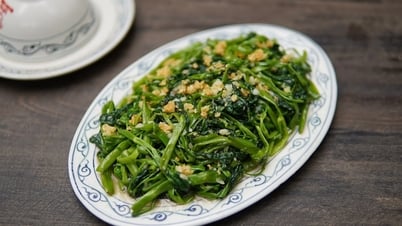

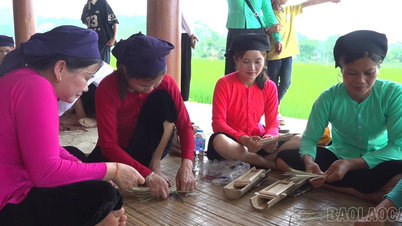



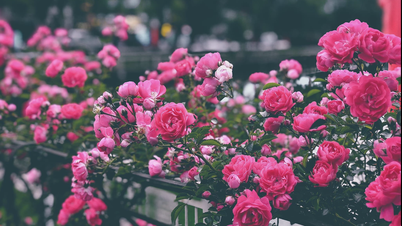



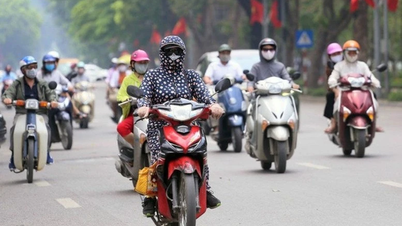
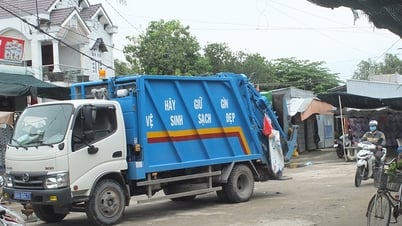
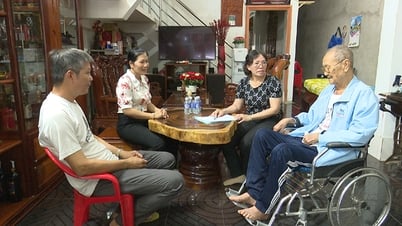
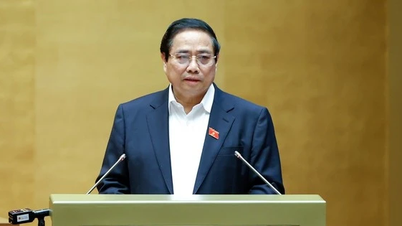
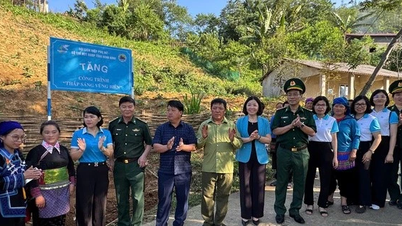
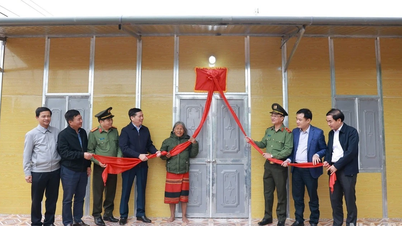




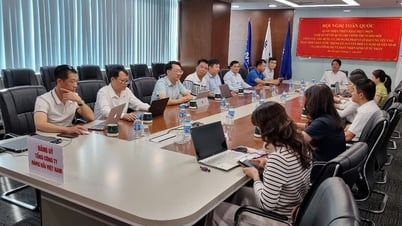
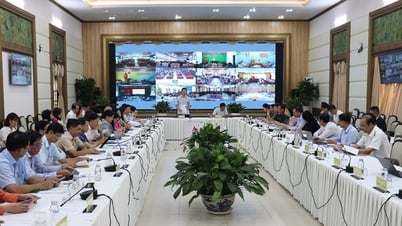

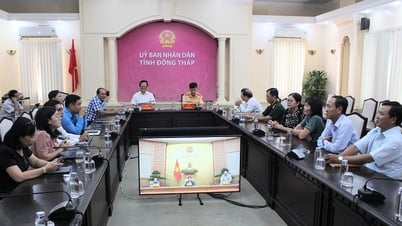
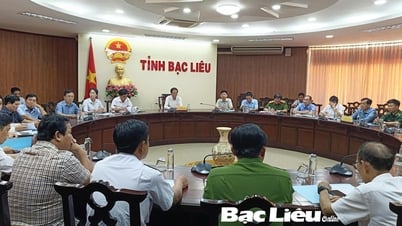
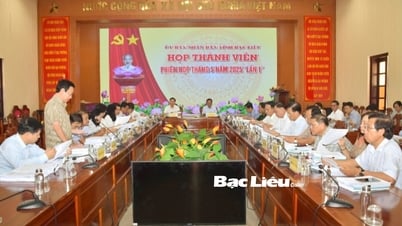











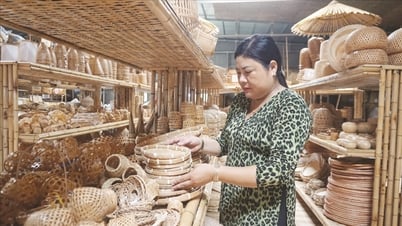



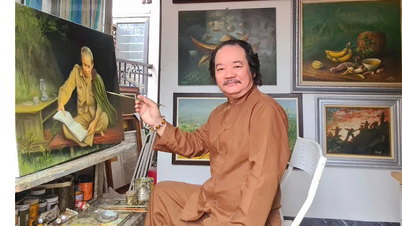
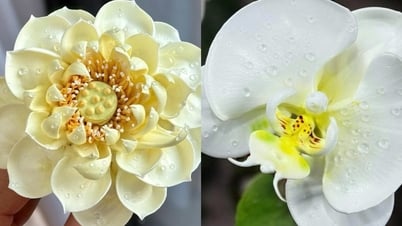

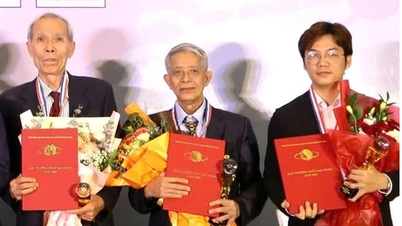







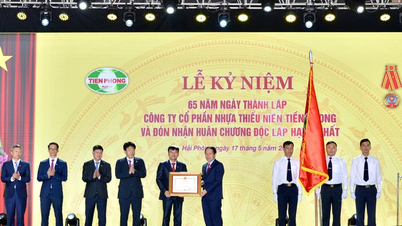


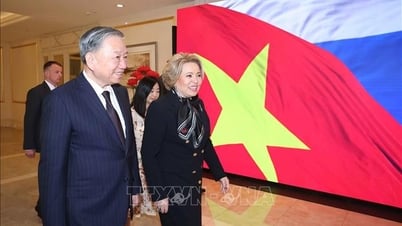

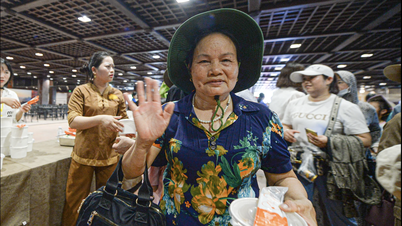

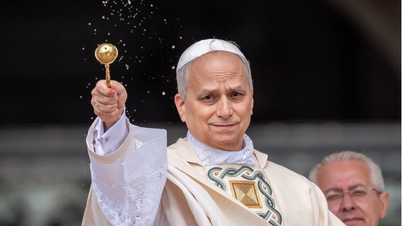



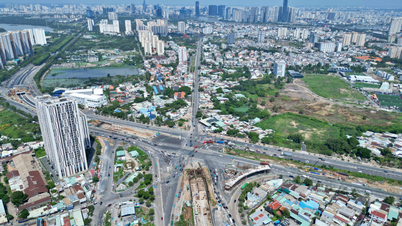
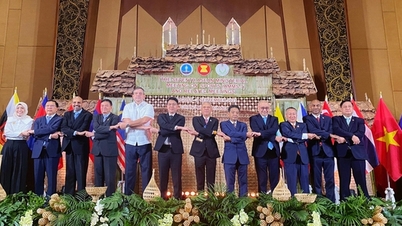
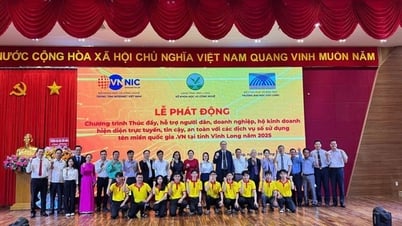

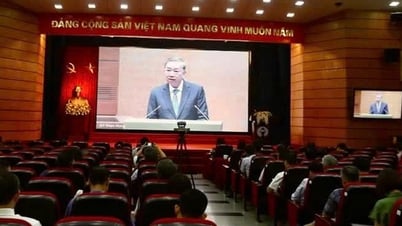
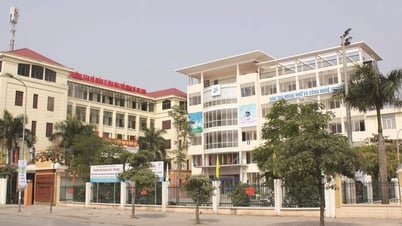

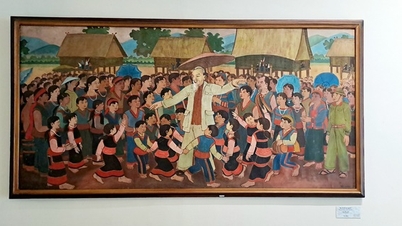
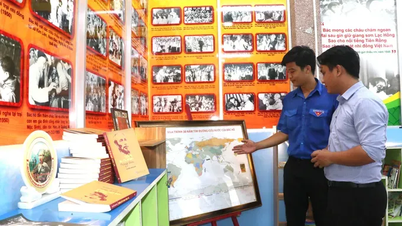
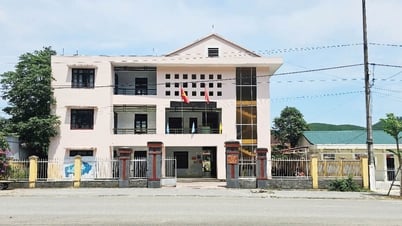

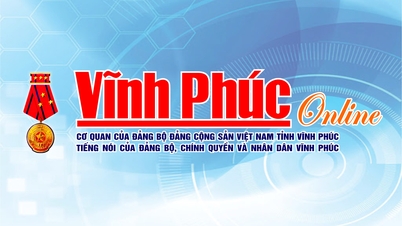

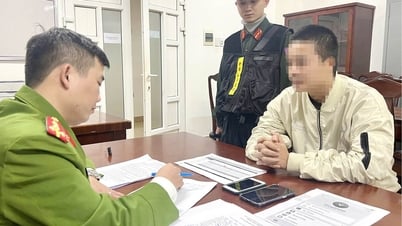
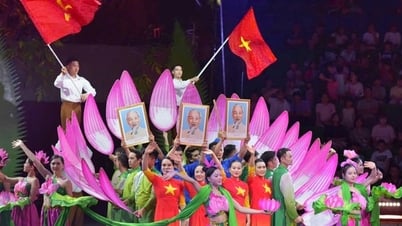









Comment (0)